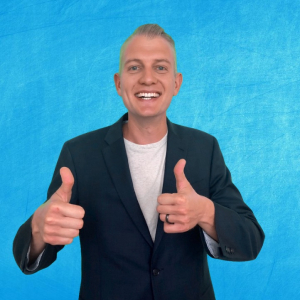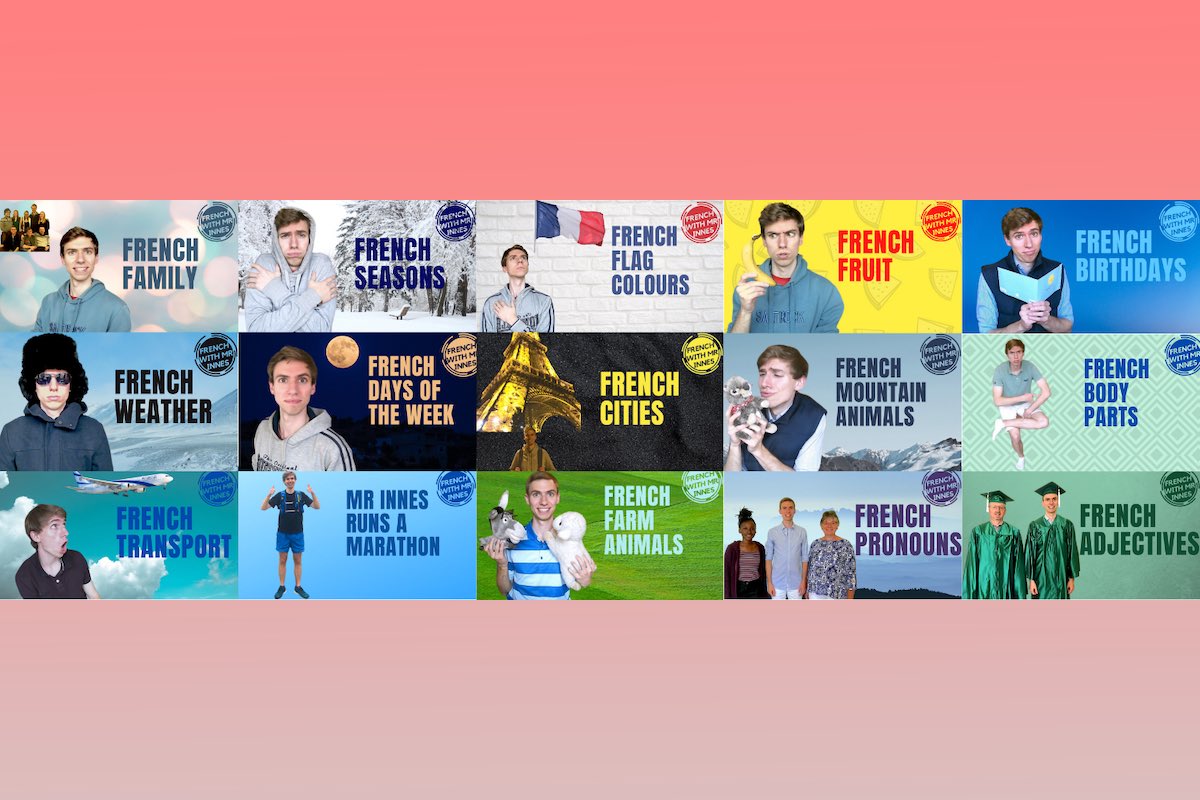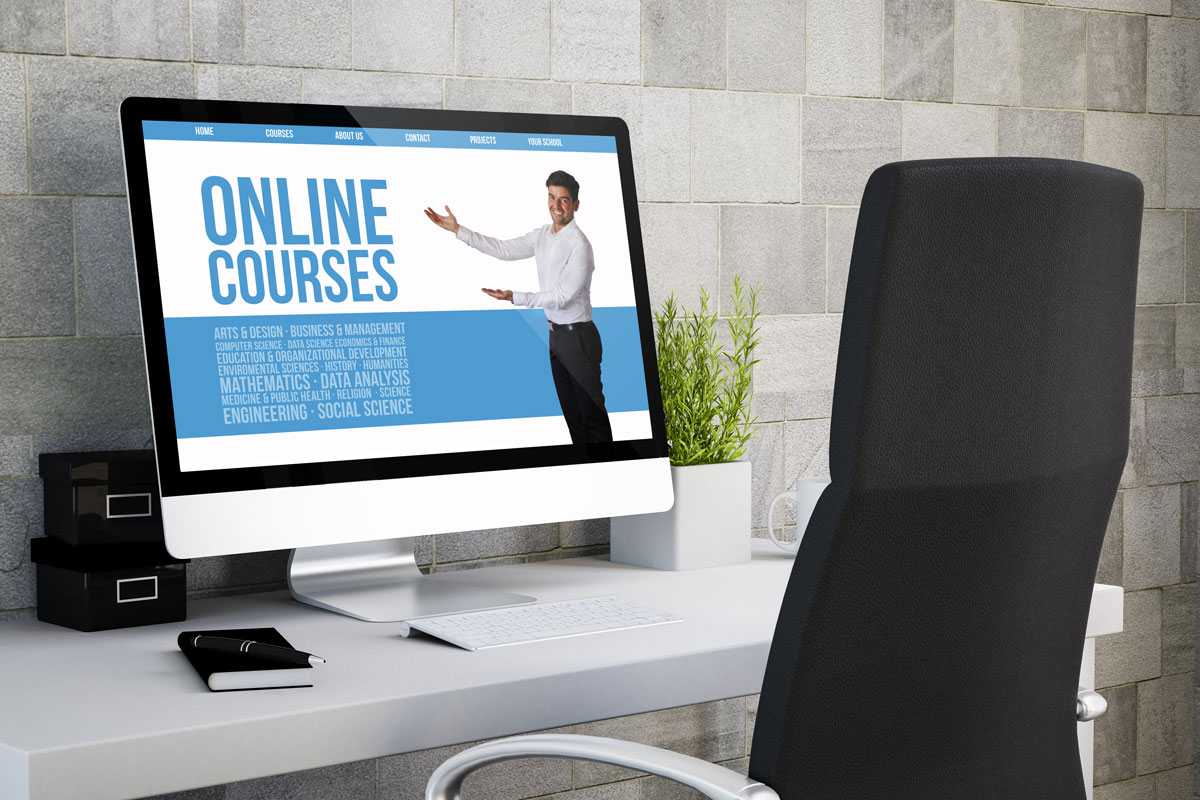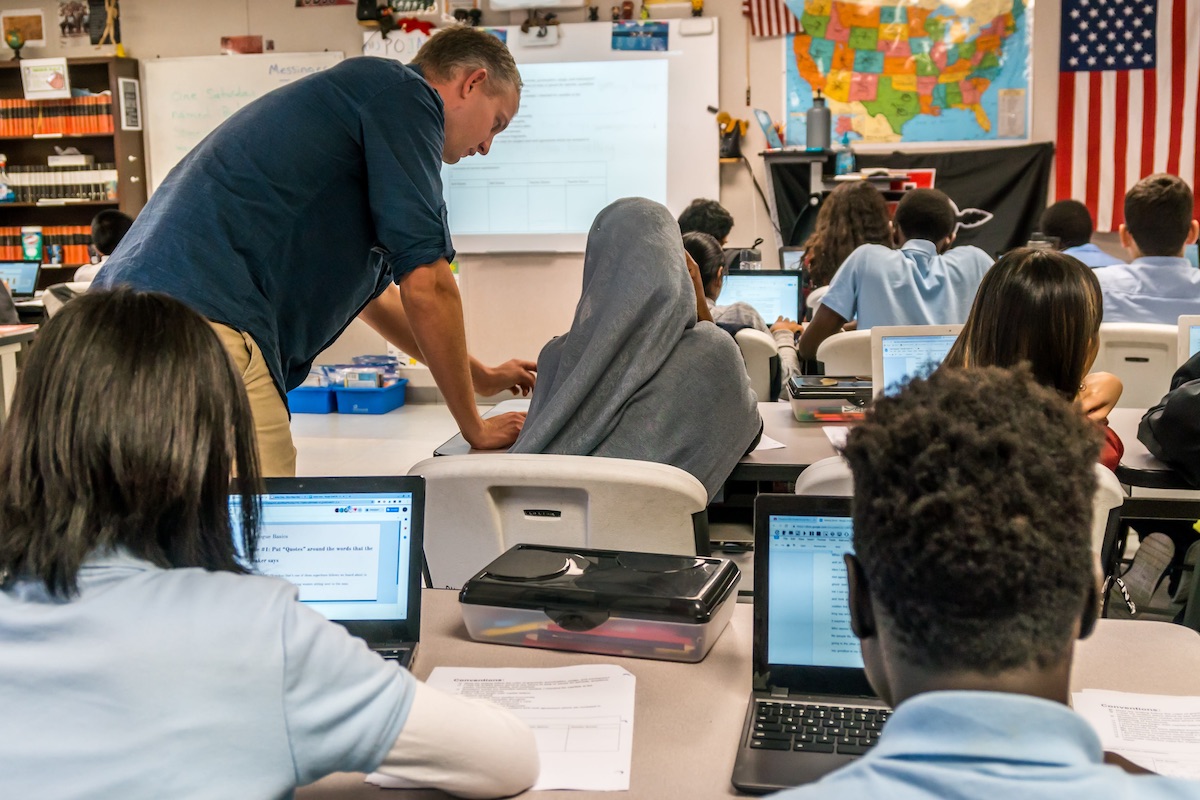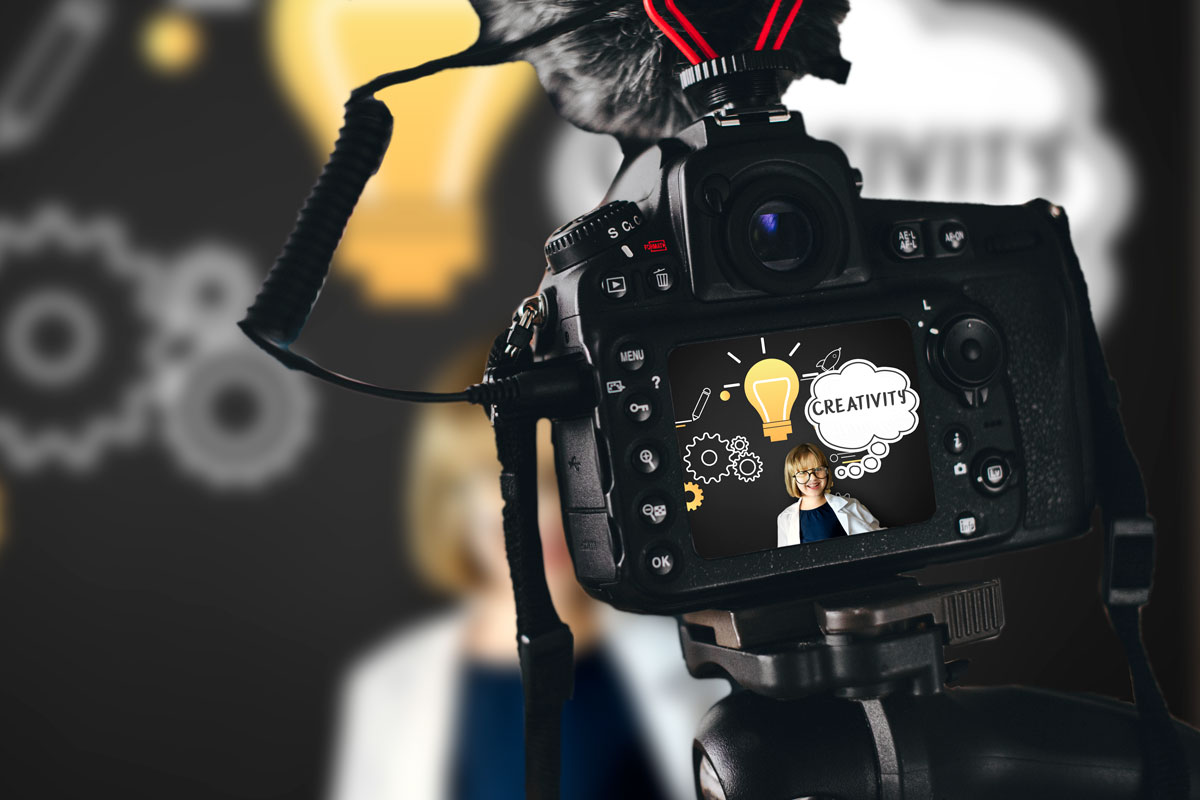Discover the “WHY” Behind Creating Meaningful Educational Videos
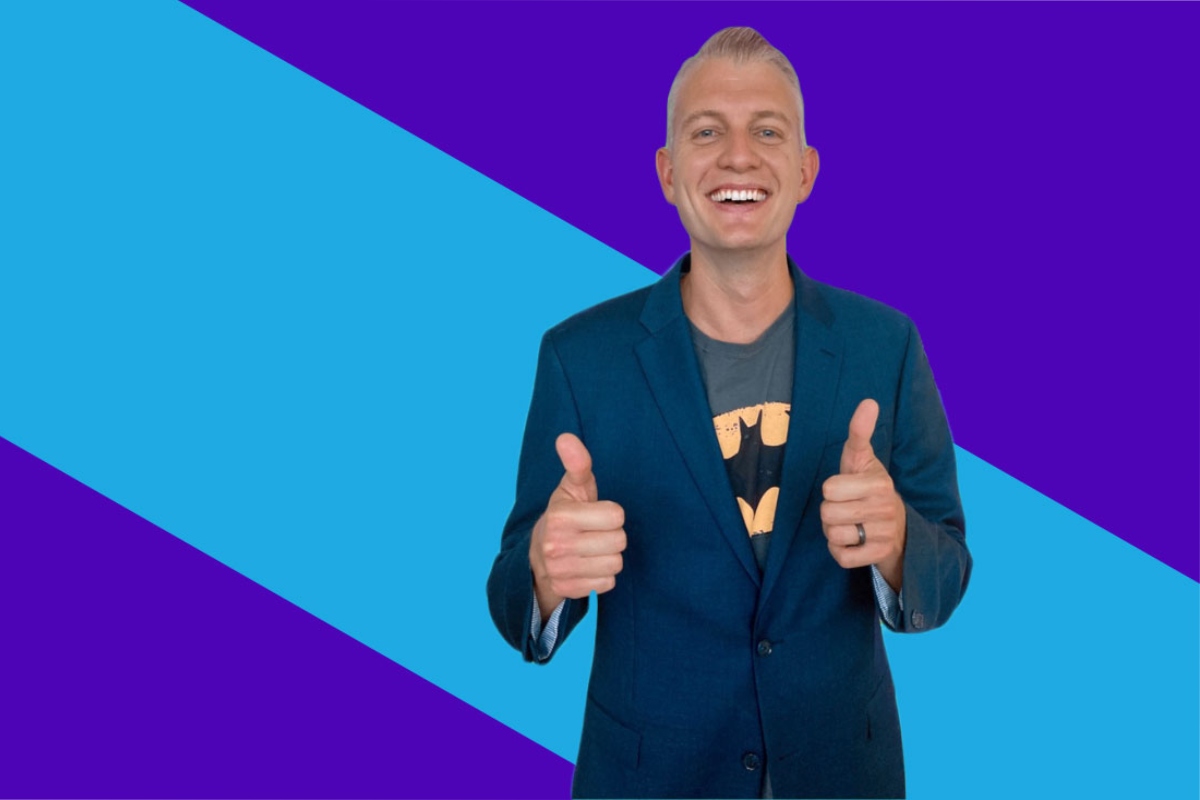
The New Normal: For many of us, 2020 has been one unexpected turn after the other. As educators, we are not only adjusting to this “new normal” ourselves but have been given the task to lead the world’s youth through it as well. Pretty simple, right? NOT. Back in March, when our school first announced we would be switching to online learning, I figured it would only be a minor inconvenient break. Fast forward seven months, I still find myself teaching my students in front of a computer screen.
Back in the Spring, Zoom teaching wasn’t really working for me. There were too many blacked out screens, inconsistent schedules, faulty internet connections as well as countless distractions to make it a reliable mode of teaching my students. In order to support my students during asynchronous learning, I decided to use the time working at home to make engaging whiteboard animation educational lessons for my students.
Although I have been making educational video content for the past couple years to use with my students in the classroom, I decided I needed to take things up a notch. In the past when I made videos, they helped me differentiate lessons, duplicate myself for different students based on their needs, provide deeper instruction and support for my students. Now, my video content isn’t just about adding additional support but has become one the main ways I deliver direct instruction to my students. I started to use my educational videos as a way to give lectures, teach skills and give direct instruction. My educational videos are a means to engage students at home when Zoom just isn’t getting it done.
Video Content: I decided to upload my educational video content to YouTube. Most of my students were overwhelmed with learning all the different online platforms that our school was transitioning to. I realized that all my students not only knew how to access content on YouTube but spent most of their time binge watching videos. As I uploaded my videos to YouTube, shared my content on social media and connected to other educators, I realized the reach of my videos would extend much further than my own classroom. I realized that my videos not only served the needs of my students but provided other educators with meaningful and engaging free content in a time when it was desperately needed. As I make my content, I do so just as much to support my fellow educators as my own students.
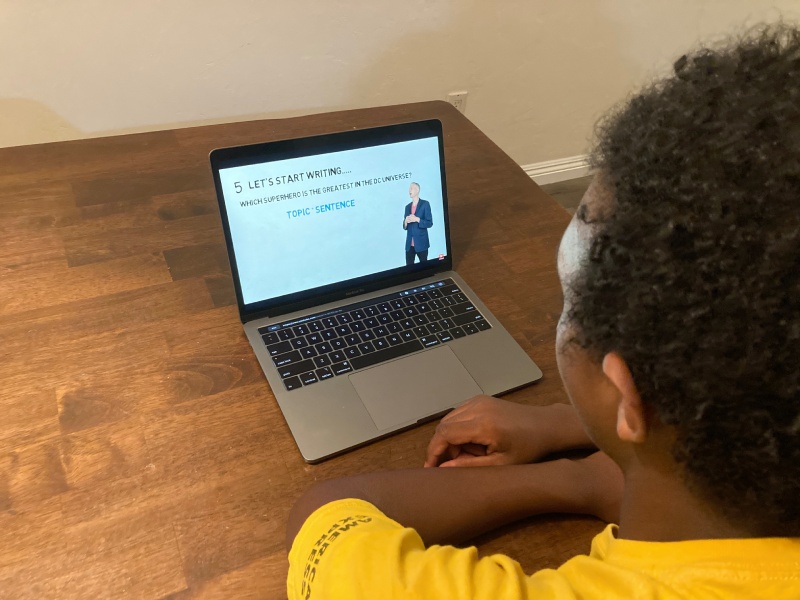
After sharing a video on Facebook, I had a teacher reach out and say they were inspired to make their own Math videos for their students. Another teacher said they wanted to start making videos for their Science classroom. Both teachers were inspired but expressed feeling overwhelmed and didn’t know where to start. They wanted to make videos but they just needed the tools to do so. You might feel similar. You have the passion to make content, but are struggling to figure out how.
As an educator, you have knowledge and expertise that needs to be shared. You need to make video content, not just for your own classroom or immediate sphere of influence but to provide free educational content to support your fellow teachers. As I watched school after school, country after country shut down last Spring, I realized that we all are in the same boat and need to stand together, six feet apart of course, to navigate the rough waters ahead. My goal is to equip you with the tips and tricks in order to start making your own educational video content.
Think About Your WHY: In his viral Ted Talk, Simon Sinek talks about his discovery of what he calls, “the Golden Circle.” He states, “every single person on the planet knows what they do and some know how they do it. But very few people know why they do what they do” (Sinek, 2009). In order to inspire people to action you need to not only know your WHY but focus on that first. I believe that before you think about your WHAT, the content of your videos, or the HOW, how you will record them, you need to think about your WHY. Why are you making videos? What is the purpose? Why are you going to make the videos the way you will make them? To help you understand this part, let me explain my WHY.
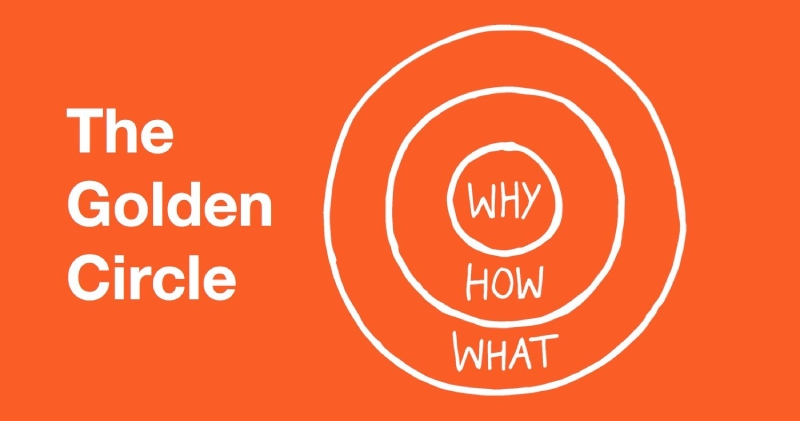
Why Videos? I am a history teacher but I always joke that I am actually a literacy teacher that just happens to focus on history. I believe that skills like reading and writing need to be explicitly taught and not just by the English teacher. Pre-COVID, I found myself spending tons of class time teaching different writing skills. Too often, I had to constantly reteach the same skills over and over. Realizing there had to be a better way, I started recording different writing lessons not to replace the instruction in class but to supplement it. It allowed me to teach a skill in class but then to provide a video on the same skill to help support students that needed multiple different modes of learning in order to master the content. Now, my educational content has allowed me to fill in the gaps for my students that Zoom hasn’t been able to. It has provided me with another way to engage my students even though we aren’t in the same room. Lastly, like I said before, I create content to support my fellow educators that are facing the complexities of online learning with increased budget cuts and work loads and the students that are struggling in this “new normal”. That is what drives me. That is my WHY.
Why My Style? Too often when people make videos to post online, they give little thought to the content, organization and purpose of the video before they hit record. This results in content with very little value. As teachers, we shouldn’t fall into that trap. We are already competing with so many distractions that if your student decides to watch your lesson, you want to make sure it grabs their attention and gives them immense value. I am very intentional with how I record my lessons. I want to make sure everything I do in the video helps me achieve my goal to promote student learning and engagement. This is my thought process:
Personalized Learning: I am in all of my videos and that is important to me. I want students to see my face and for it to feel like I am teaching the content to them directly. So, whether they are learning at home or in the classroom, they can feel like they are getting a one-on-one in-person experience. I also know that many of my students are learning English and really benefit from reading lips, seeing hand gestures and facial expressions. I didn’t want remote learning to take that away so it is an important part of my videos.
Visual Learning: I add whiteboard animation, using Videoscribe, to my videos with images, text, charts, etc. I use images that give a visual representation to the ideas I am presenting. I believe this helps increase understanding with my students by giving them multiple ways to comprehend the information. They are not just hearing the information but seeing it presented on the screen with art.
Show, Not Tell: I want to make videos that not only tell students what to do, but show them. I believe that teachers need to model this process to our students and let them see us make mistakes and learn from our thought process. One of the biggest gifts we can give our students is metacognition, the ability to think about one’s thinking. For example, in my video about topic sentences, I not only explain the process but then I actually write a couple topic sentences with them about Batman. I then reveal my thought process behind what I just did. I don’t want my kids to just learn to do something but learn how to think about it.
Consistent and Basic Examples: If you watch my videos, all my examples use Batman. I do this intentionally for a couple reasons. One, I wanted to choose a basic topic that wouldn’t create an extra barrier to understanding. I didn’t want the example to be full of complex words or ideas that students wouldn’t be able to understand the writing skill I am teaching them. Second, I wanted my example to be consistent so that if students watch multiple videos, they can see that many of the skills build off each other. By using the same example, I am able to make that very clear to them. Third, it is pretty simple, I just like Batman.
ALL Levels: I want my videos to be simple enough that anyone can understand but rigorous enough that I am able to challenge even the most advanced learners. I do this by providing multiple examples at different levels.
Humor and Engagement: I tell my students all the time, I will never be able to compete or be as interesting as everything a smartphone has to offer, but it doesn’t mean I can’t try. I like to add humor and different characters to my videos to help students stay engaged and focused on the learning. I also think it allows students to see my own personality and humanity which allows them to buy into the process even more. When students feel safe and cared for, they will learn.
It is important for you to think about why you want to make videos. What is going to drive you? Also, reflect on your style of video. Be intentional and thoughtful. Make sure that at every stage, everything you do in your videos is striving to reach the goal of promoting learning among your students.
9 P’s of Video Structure: Next. think about HOW you will structure your content. For all of my videos, I follow a very simple and straightforward structure. This structure makes sure that the video has intentionality and purpose but also respects the time of the audience by not going off on tangents. I truly believe that making educational videos has made me a more thoughtful and reflective teacher. My structure can be broken down into three main parts: the hook, content and the call to action. Whether it is a lesson plan, blog post or lecture, you could apply this structure to much more than videos.
Hook: The hook of your video should be anywhere from 15 to 30 seconds. The goal here is to grab the reader’s attention and you only have a short period to do that. The goal here is to tell them exactly what they will learn and why they should trust you to teach it to them. Too often, video creators create titles that make people click on their video but then don’t actually deliver on the promise. A great hook will respect the time of the audience by telling them exactly what they will take away from this and build trust with them by establishing your ethos. The first 3 P’s are derived from a system created by Brian Dean. (Dean, 2016, 4:07).
Preview: Tell the audience exactly what they should expect to learn in your video. This is the learning target, objective or SWBAT. For example, it might sound something like this: Today, the objective is to learn how to write a topic sentence. That is it. Short and to the point. Give your audience a preview of what is coming, they will appreciate that.
Proof: Give your audience proof that you can deliver. Is your video based on a specific resource, research paper, or life experience? Establish your credibility on the topic. Answer the question: Why should your audience trust you on this topic? Building a sense of authenticity and trust is crucial and should be done at the beginning.
Preview: Before you jump into the actual content, give your audience another preview. I think it is best to use this to create hype and excitement. Is there something special you are going to show them? A secret formula or tip? Have fun with them and use it to get the audience stoked to watch your video.
Content: This is the meat of your video and should be the longest part of your video. This is where you actually teach and help the student reach the objective or learning target that you stated at the beginning of your video. I believe good content explains the purpose and not only tells the reader something but shows them as well.
Purpose: How often are you asked a variation of this question, why do I have to learn this? People want to know the purpose and how this information will help them. Before they spend the time investing in the learning, explain the WHY. Why is this important? Why should they learn it? Taking the time to explain this early on will allow your students to buy into learning the content.
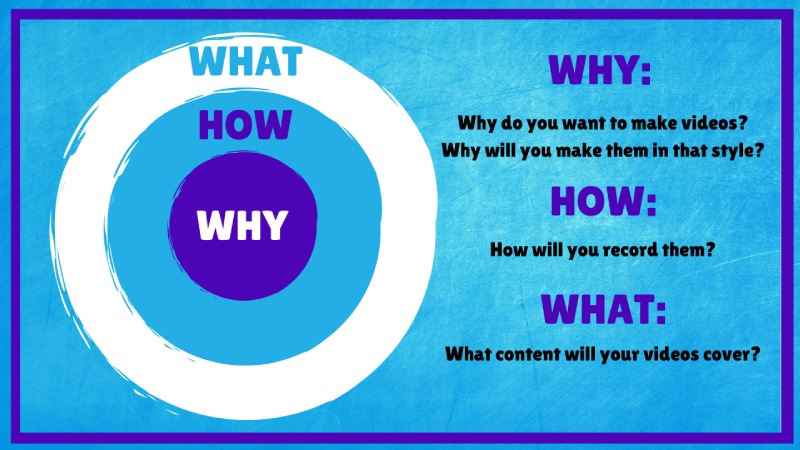
Process: This is where you explain whatever it is you are teaching them. In my videos, this is where I explain the various steps of the writing skill. In education, we call this direct teaching. This is where you are just giving them information to digest.
Presentation: Great teachers don’t just tell, they show. Don’t assume kids understand something just because you told them how to complete something, you need to show them. This follows the ideas of gradual release of responsibility, coined by Pearson & Gallagher in 1983. First, you give the content, working with them through the process, modeling it for them and then slowly release them to work on it on their own. For example in my videos, I take the time to explain the process of writing a topic sentence and then I actually show them how to write a topic sentence. It is important not only to show students but to explain your thought process to them. Students can learn a lot from understanding from hearing your thought process. Too often, we short change our students by not allowing kids to learn from hearing how our mind is thinking about the problem or situation. It is super valuable and should not be overlooked.
Call to Action: In the last section, the goal is to review the content and prepare students for what is next.
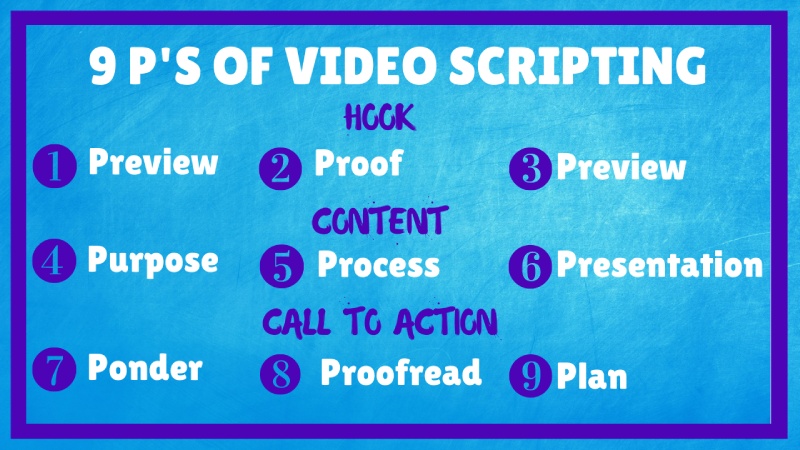
Ponder and Proofread: In this section, I like to give tools for students to review, revise and edit their work. I take the time to summarize the learning targets of the content I just covered. Repetition is key. The more they hear something, the better chance it will stick. Next, I give students questions to ponder and proofread their work. It is important that you don’t just teach students something but you also give them the tools to go back and fix their mistakes.
Plan: At the end of the video, you need to tell your students: Where do they go from here? Don’t assume they know what to do next. Are students going to complete an assignment or project? Will they edit something they have already been working on? Watch another video? Do you want them to respond in a discussion to what they just heard? Make it clear what you want your students to do next. Give them the plan.
What Software Can I Use? Now that you have thought about your WHY and HOW you will structure your content, let’s answer the question, how will you record your videos? I want to provide you with some of the easiest and free platforms to start recording videos for your students today.
Loom and Screencastify: Both are FREE and can easily be added as a Chrome extension. That means you don’t need to download any software to your computer but it is just added as a feature on your Google Chrome browser. It is free, but, if you are serious about making video content, I would suggest paying for one of these as it is very inexpensive and gives you tons of bonus features. Basically, both of these platforms allow you to record your screen, voice and face in order to create videos for your students. It then uploads your video to your personal online folder and gives you a sharable link to give to your students to be able to watch your video. I personally use the PRO version of Screencastify to make my video content and it is a great and easy way to get started today as there aren’t any fancy editing skills needed.
iMovie for Apple Users: iMovie is a great FREE software that you can use on any Mac or iPhone. This is the software I use to edit my videos and it has tons of different features you can use to make your videos look very professional. It is a great software that is free and very easy to use.
Movie Maker 10 and Openshot: I personally have never used these but have read and heard from others that these are the top FREE and easy to use video editing software for Windows computers. If you have a Windows computer, it is worth checking these out.
What’s Next? Hopefully one day, distance learning will be a thing of the past and every teacher and student will be able to return to the classroom. Although, don’t mistake returning to the classroom to mean that everything will be like it once was. I believe that distance learning has forced education headfirst into the digital age and the digital educational content that you create will be just as relevant in the future as it is now. YouTube brags that it has two billion users, most of those being between the ages of 18-34. Its reach extends to over 100 countries and 80 languages and racks up one billion hours of watch time every single day (YouTube, 2020). Our students are consuming video content daily and this is the pattern of the future. It is the language they speak. In order to stay relevant as educators, we must adapt to the trends of our students. Although right now, you might just want to make videos to help your students get through this week, you must realize that this might become a huge part of your teaching practice going forward.
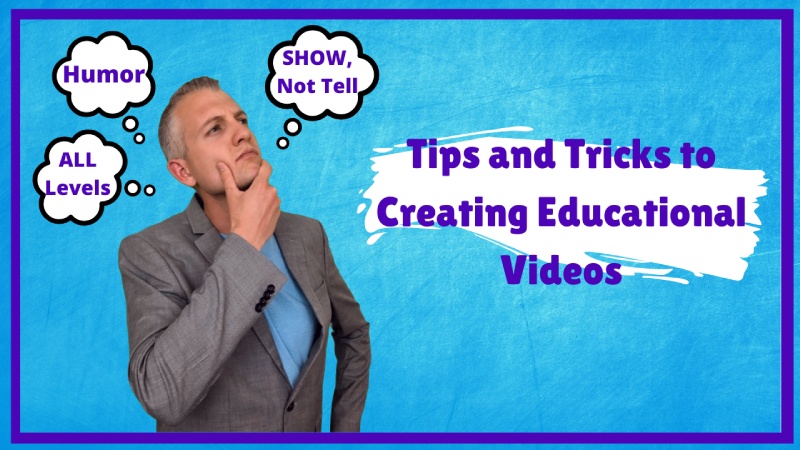
Get Started! Like I said before, we need you to create video content. Not only will your students benefit, but your fellow educators will as well. My best advice is just get started. It doesn’t matter if you have never made videos before or you are a tech guru, you just have to start. Too often, I find that people are afraid to make video content because they are constantly comparing themselves to others. Just be you. We ask our students each day to be bold and do hard things, why should it be any different for educators? It doesn’t matter if your first video doesn’t come out exactly how you expected it would, you have to start somewhere. I have found that students have connected far more to me and my teaching through my humanity and mistakes than through my degrees and perfection. It is in a time like this, when we are trying to figure out how to navigate the “new normal” faced with the unknown that we need to come together and support each other as educators. What better way to do that, than through engaging educational videos?
This article is available and can be accessed in Spanish here.
Dean, B. [Brian Dean]. (2016, November 30). Video SEO – Rank Your Videos #1 in YouTube (Fast!)
[Video]. YouTube. https://www.youtube.com/watch?v=aJFK9k5i1ew&t=329s
Pearson, P. D., & Gallagher, M. C. (1983). The instruction of reading comprehension. Contemporary
Educational Psychology, 8(3), 317–344. https://doi.org/10.1016/0361-476X(83)90019-X
Sinek, S. (2009, September). How great leaders inspire action. Retrieved October 19, 2020, from https://www.ted.com/talks/simon_sinek_how_great_leaders_inspire_action?language=en
YouTube for Press. (2020). Retrieved from https://blog.youtube/press/

